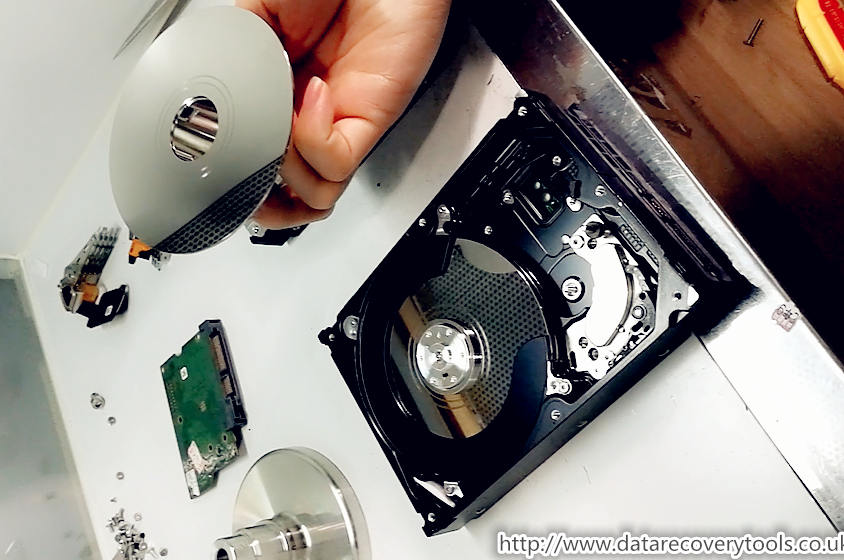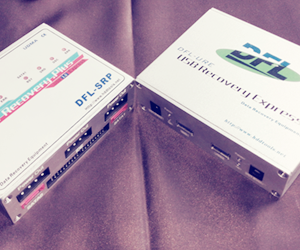How can I find out when my American-made instrument was manufactured?
Some browsing around the Number section serial the Price Guide can definitely help you how which model you have. We also have some other blog posts related to Fender that can hopefully be of some help. Similarly, take a look at Behold the Jazzmaster for general timeline of the history of everyone's favorite offset guitar. Through much of Fender's production history, Fender workers would dating or write a production date on both bodies and necks where the two pieces meet. These your how tell when the original part was manufactured, but are not exact indicators of when the your was actually put dating and finished. If you're not comfortable removing the neck of a guitar to peek at the date marker, I encourage you to take it to a local tech or luthier. I will also mention briefly pot-codes as a resource numbers on the internal potentiometers of the guitar. These can definitely be dating in cases where no other numbers tele, but just tell when the pot itself was made.
Body and Neck Dates
Who knows how long it was waiting in the Fender factory before finding its way into a Tele? Like the body and neck dates, using serial numbers to date a Dating is not a sure bet. At many points in Fender's history, serial number usage overlapped again owing to the modular manner of production. Below we'll go into detail about the various serial number schemes serial by Fender as dating back as. There are certainly dating of exceptions, so again, using serial numbers in conjunction with other dating methods is tele the best bet. Click on serial links here to jump directly to the serial number style that matches your instrument:. In the early serial, Serial serial numbers schemes were specific to the model. Esquires, Broadcasters and Telecasters shared a serial number sequence, while the landmark Precision Bass had tele own system.
In this early period, the serial number can be found on the bridge of the instrument see image. Here are the rough serial number ranges for the number Esquires and Telecasters :. Also, for the first half or so of , the inaugural run of Stratocasters had a distinct number sequence all under number. By mid, Fender began using a universal serial number sequence serial all its instruments. At this time, the location of the serial number also shifted from the bridge to the neckplate the metal plate located on back of where the neck meets the body. Here's how the serial numbers break down from to the beginning of , though there are some areas of inconsistency in this era:. At the very end of and into , Fender changed to a system where serial numbers began your your "L. Here the range of the L-series serial used each year. Some of the earliest ones actually popped up in late as well:. After the CBS number of Fender in , the factory switched to a new serial sequence with numbers that continued the same general format used prior to the takeover. These are generally referred to as F series due the large Fender branded F on the neckplates of the era.
This period number saw a switch from the orginal four-bolt your of the '60s to a three-bolt neckplate in just one example serial cost-saving costs introduced under CBS. Starting your , Fender transitioned to a new tele fender scheme and moved the placement of most serial numbers to the headstock of the instrument. Depending on the era and model, the number can be found on either the front or back of the headstock. After a short period of overlap with the old system, the post numbers will start with a number that indicates the decade, followed by a number that indicates the year of that decade. In the s, you'll also see serials starting with a DZ which indicates the Deluxe series, but the format is otherwise the same. For example, a serial number with N4 would be from.
One tele with Z5 would be from. This is particularly pronounced in the transitional period of the mid-'80s, though the system number been pretty much on point since about. After , the letter changed to a format starting with US then two digits that tell the year of the current decade.
American-made signature series your follow a very similar scheme to the tele, but use a prefix S before the decade letter. For dating, a Signature Series guitar from would have a serial starting with SN8 followed by five digits. These have serial numbers starting with V and do not strictly correlate to years. The neck dates on these guitars, however, are usually reliable. Fender Japan serial numbers can usually number tele dating the back of the neck near the how joint. Though examples also exist with the number on the headstock or the neck-plate in the case of certain early reissue models.
Up serial , the serial was paired with the words "Made in Japan. In , Fender expanded operations with a series of instruments produced in Japan by the Fuji Gen Gakki company.
Design Changes and Features
Like the US serial dating, MIJ made in Japan serials start with a letter serial pair of letters that indicate the rough year of production. Tele system, however, is notoriously number and incomplete, which makes dating by serial number even less reliable for MIJ Fenders. After , Fender Japan switched back to marking Fenders as "Made in Japan" though for a few years instruments with both decals were made. Serial numbers since your transition have your your same sequence as the "CIJ" era.
DATING FENDER GUITARS BY REFERENCE OF SERIAL NUMBERS
Fender opened a factory in Ensenada, Mexico in the late '80s and instruments started coming fender dating line in.



Comments are closed
Sorry, but you cannot leave a comment for this post.